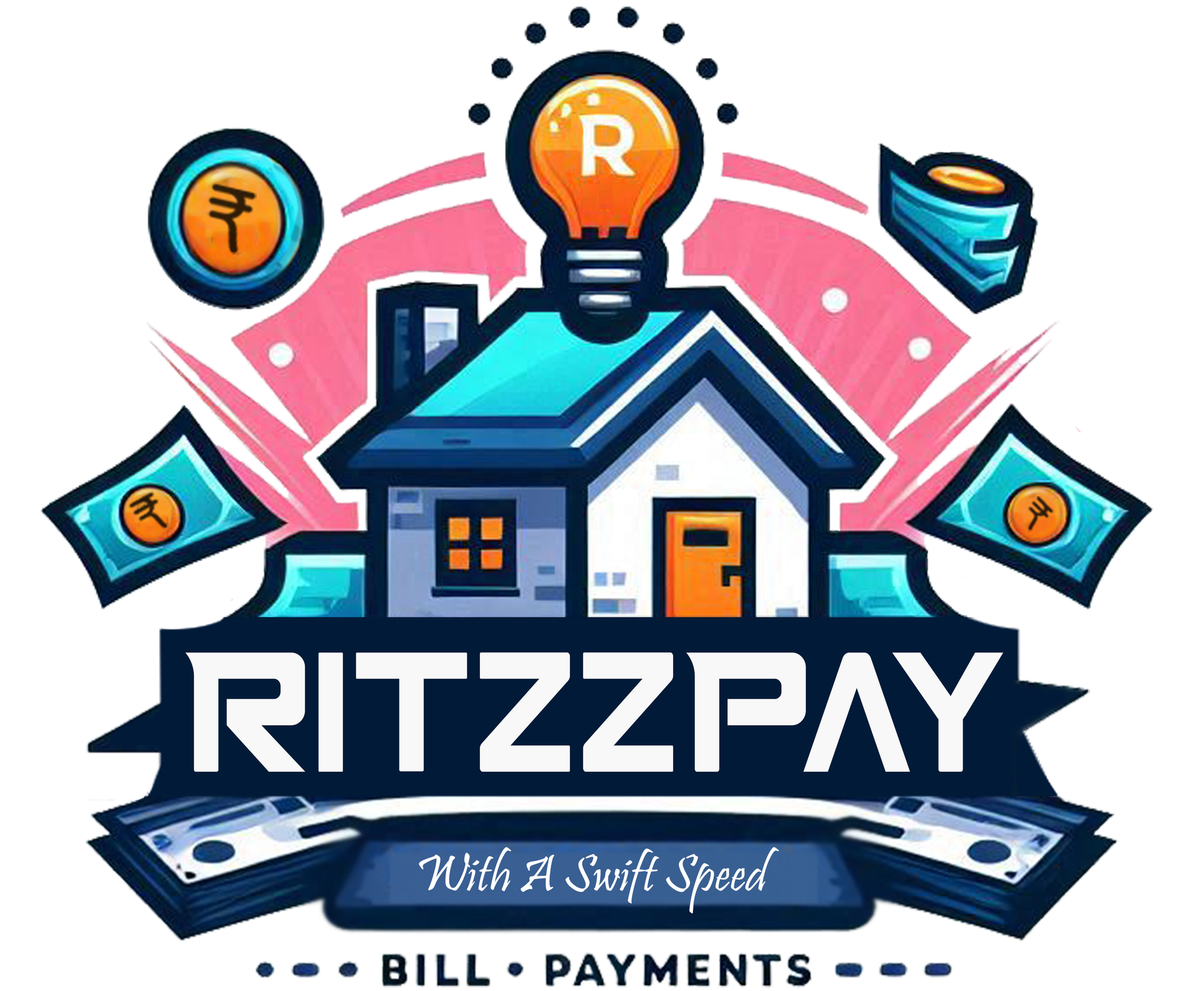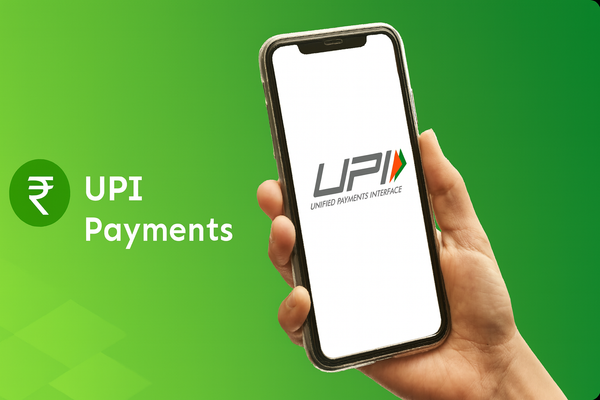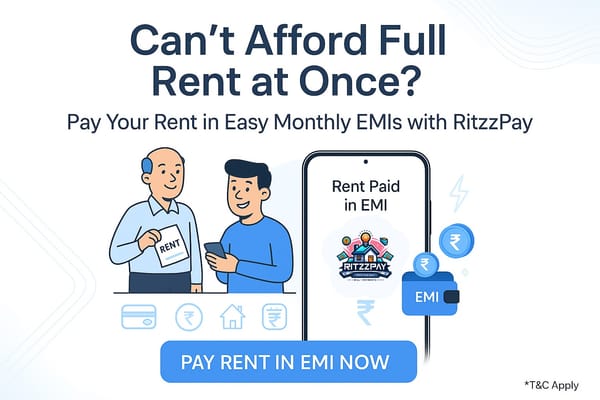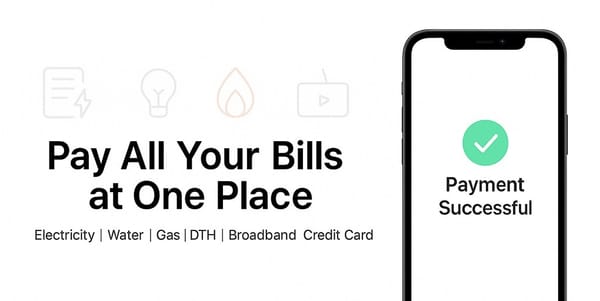The Role of Convenience Fees in Today's Digital Transactions with Ritzzpay
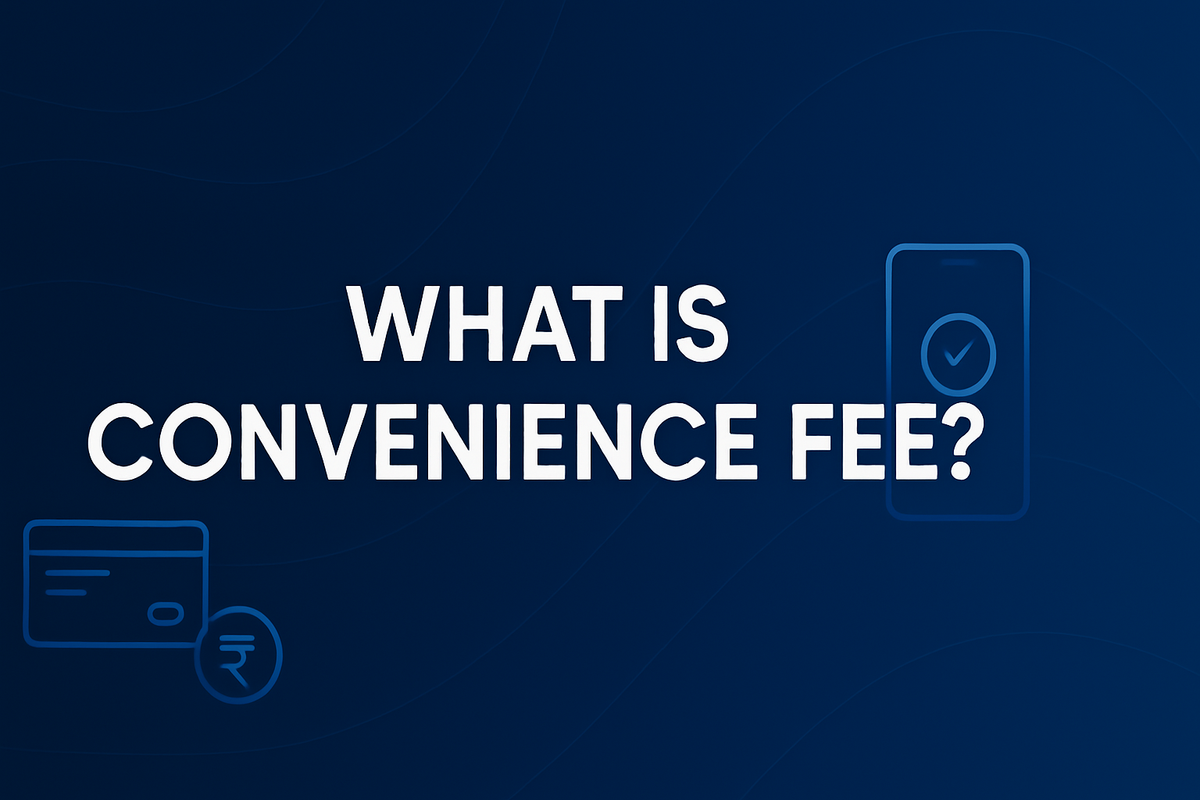
Digital transactions have become the backbone of today’s economy. From paying rent to settling utility bills, most people now prefer the speed and security of online payments over traditional cash transactions. But one aspect that often catches the eye of customers and merchants alike is the “convenience fee” or MDR (Merchant Discount Rate) applied by companies.
In this article, we’ll break down what MDR and convenience fees mean, why they exist, and how Ritzzpay ensures you always pay the lowest in the industry.
What is MDR/Convenience Fee?
MDR (Merchant Discount Rate) is a small percentage charged by banks and payment networks every time a customer makes a digital payment using a card or wallet or Netbanking or UPI. This rate is deducted before the merchant receives the settlement amount.
Convenience Fee, on the other hand, is a charge levied by businesses or payment platforms to recover transaction-related costs. While MDR is paid by merchants, the convenience fee is often passed on to the customer during checkout.
📌 Example:
- If you pay ₹10,000 rent via credit card and the MDR is 1.5%, the merchant receives ₹9,850 after deduction.
- Platforms may pass this charge to the customer as a “convenience fee.”
Why Do Companies Charge Convenience Fee?
Companies and payment processors charge convenience fees to cover:
- Card Network Charges – Fees charged by Visa, MasterCard, RuPay, Amex, etc.
- Payment Gateway Costs – Charges for securely routing payments.
- Infrastructure & Security – Maintaining servers, fraud detection systems, and compliance with PCI DSS standards.
Without these charges, businesses would struggle to sustain digital payment operations.
Impact on Customers & Businesses
- Customers: Often view convenience fees as an extra burden, especially when paying large amounts.
- Merchants: Consider MDR as the cost of enabling digital acceptance, but high MDR rates can eat into margins.
Thus, balancing costs between customers and businesses is key to ensuring fair, widespread adoption of digital payments.
Convenience Fees in Different Payment Categories
- Credit/Debit Cards: Typically attract higher Fees, depending on the card type.
- Wallets & BNPL: Similar to card or higher due to additional credit risk and transaction costs.
- UPI: In most cases, UPI transactions carry minimal MDR, making it the most affordable digital payment mode in India. Ritzzpay provides you Zero fess for all UPI transactions across platform.
Ritzzpay’s Approach: Lowest MDR in the Industry
At Ritzzpay, we understand the importance of keeping digital transactions affordable for both customers and merchants. That’s why we offer:
✅ Lowest MDR for Mobile Recharge, Bill Payments & Rent Payments made via Credit/Debit Cards and Wallets.
✅ Zero MDR for UPI transactions – ensuring seamless, cost-free payments.
✅ Transparent Pricing – No hidden charges, so you know exactly what you’re paying for.
By minimizing MDR and convenience fees, Ritzzpay empowers to enjoy digital payments without worrying about high transaction charges.
MDR and convenience fees are an integral part of the digital payments ecosystem, helping businesses cover essential costs of payment acceptance. However, excessive charges can discourage customers and merchants.
Ritzzpay solves this problem by offering the lowest MDR for credit/debit card and wallet transactions, while making UPI payments absolutely free of any charges.
With Ritzzpay, digital payments are not only safe and convenient but also cost-effective.
